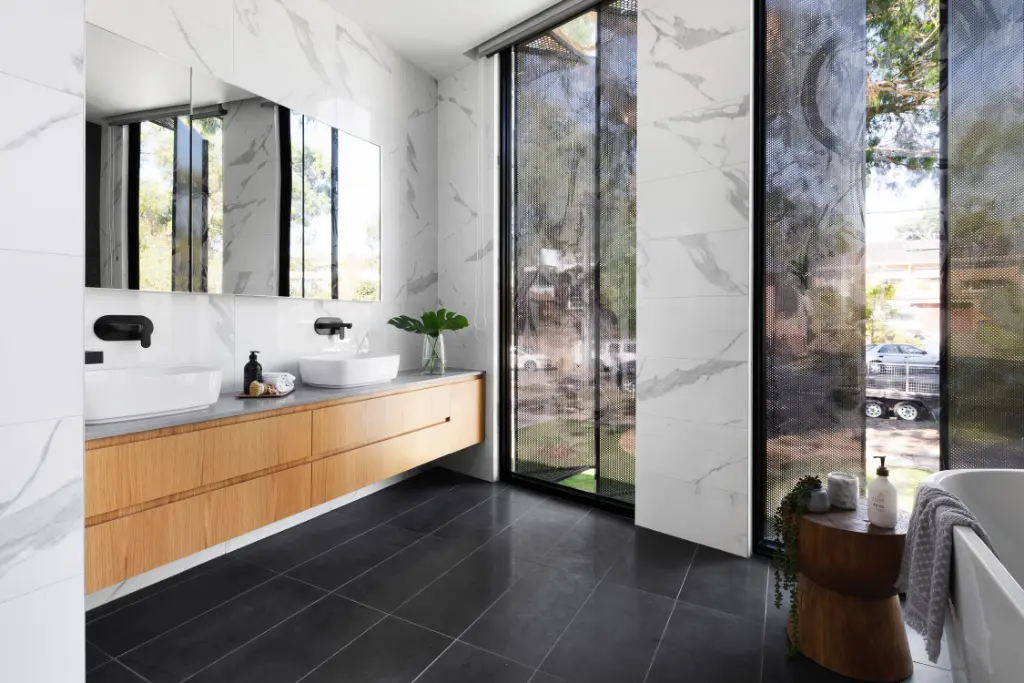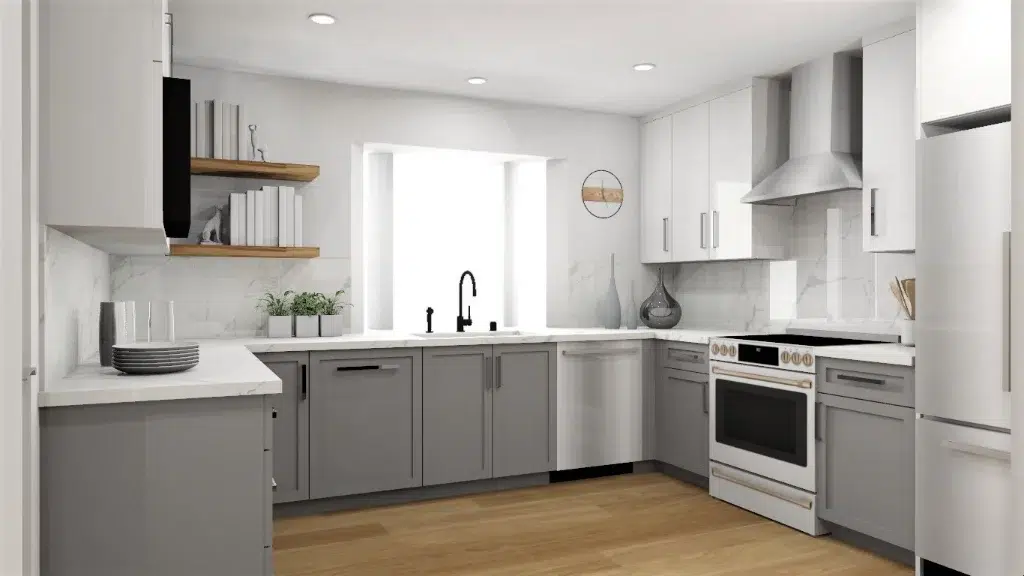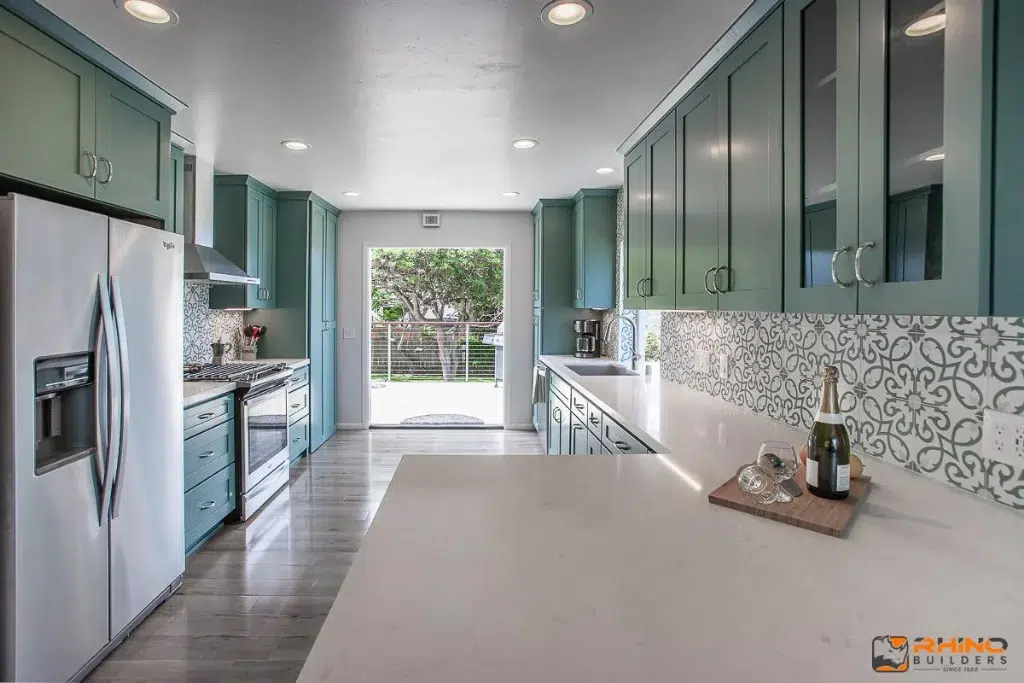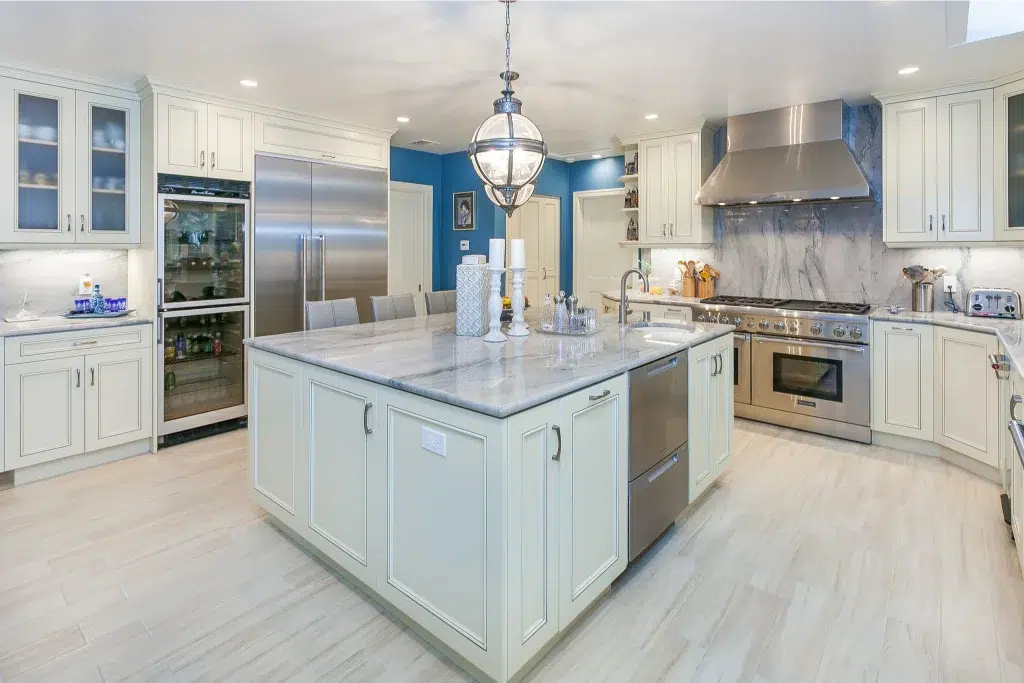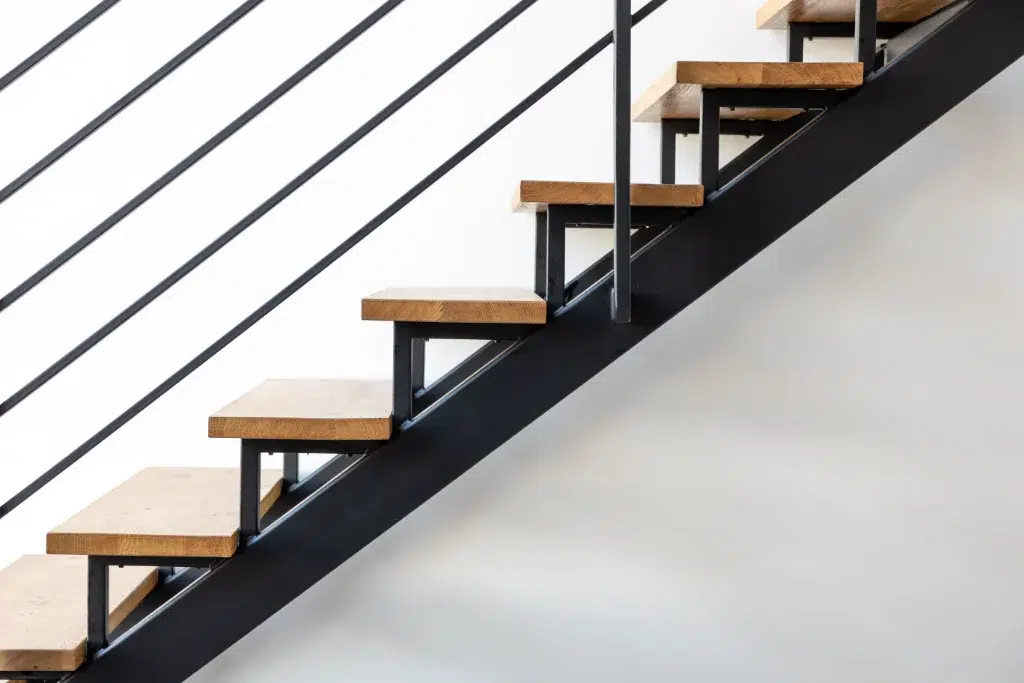Are you thinking about replacing the vinyl windows or wood clad windows in your home? It’s a big decision that affects both how your house looks and how much you’ll spend on energy bills. I’ve helped countless homeowners make this choice, and it always comes down to two popular options: vinyl or wood clad. Both have their fans for good reasons! Today, I’ll walk you through everything you need to know to make the right call for your home and budget.
The Basics Of Vinyl Windows And Wood Clad Windows
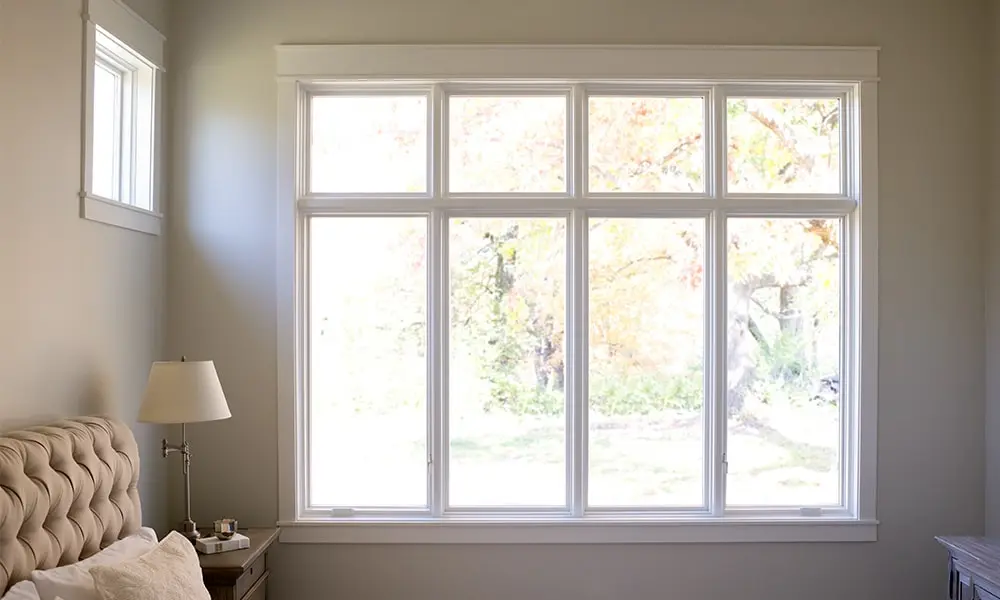
Let’s start with the basics of both these products. The vinyl windows option is made from PVC (polyvinyl chloride), a type of plastic that’s tough and doesn’t need much care. They’ve become super popular in the last 20 years because they’re budget-friendly and low maintenance.
Wood clad windows, on the other hand, can give you the best of both worlds. They have natural timber on the inside for that classic, warm look, but the outside is covered with aluminum or vinyl. This clever design protects against weather while keeping that gorgeous finish inside your home, however, they usually require more maintenance as they are partly made out of a natural material.
Watch This: Learn More About Custom Windows
Want to see these options in action? Check out this video where we break down how custom frames are made and installed in real homes. Nothing beats seeing the actual products and installation process to help you understand what might work in your space.
The Pros & Cons Of Vinyl Windows
Here’s what you should know about vinyl:
The Good Stuff
- Super affordable compared to other options
- Never need painting or scraping
- Great at keeping your energy bills down
The Not-So-Good Stuff:
- Can't change colors if you get tired of them
- May not look right on historic homes
- Can warp in extreme temperatures
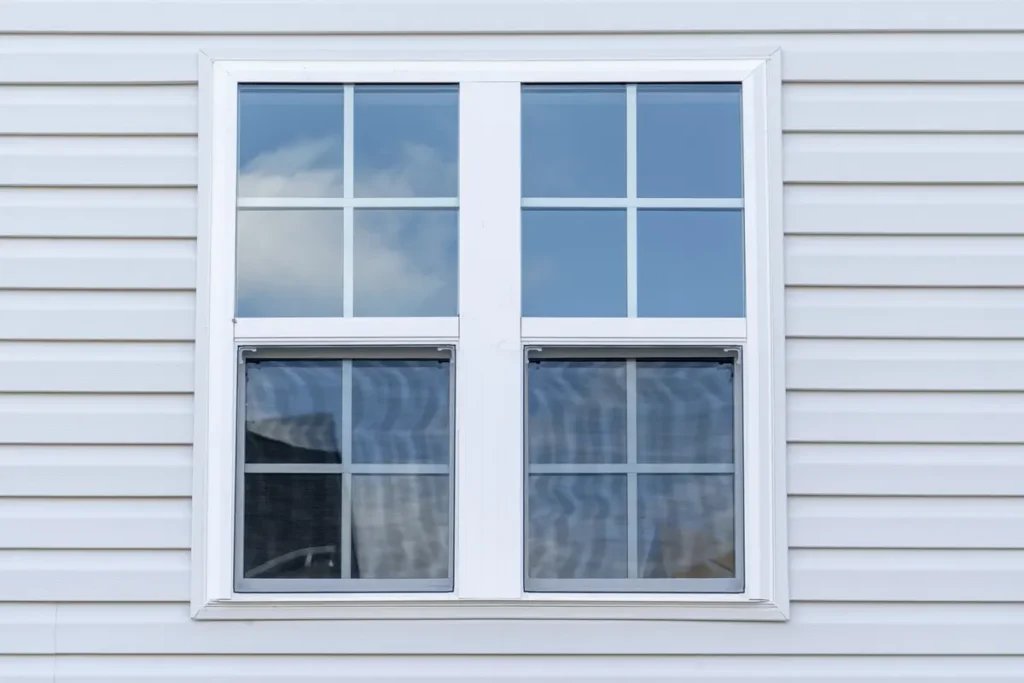
Vinyl windows have come a long way in the looks department. The new ones don’t look cheap like they used to! More and more folks choose vinyl windows for their new builds because they just make sense for most families. They don’t break the bank, and they keep working year after year without much help from you.
The Pros & Cons Of Wood Clad Windows
Let’s talk about wood clad now:
The Good Stuff
- Bring that warm, natural beauty inside
- Can be painted or stained any color you want
- Add real value to older or high-end homes
The Not-So-Good Stuff:
- Cost quite a bit more up front
- Inside parts need some TLC
- More likely to have issues if not installed perfectly
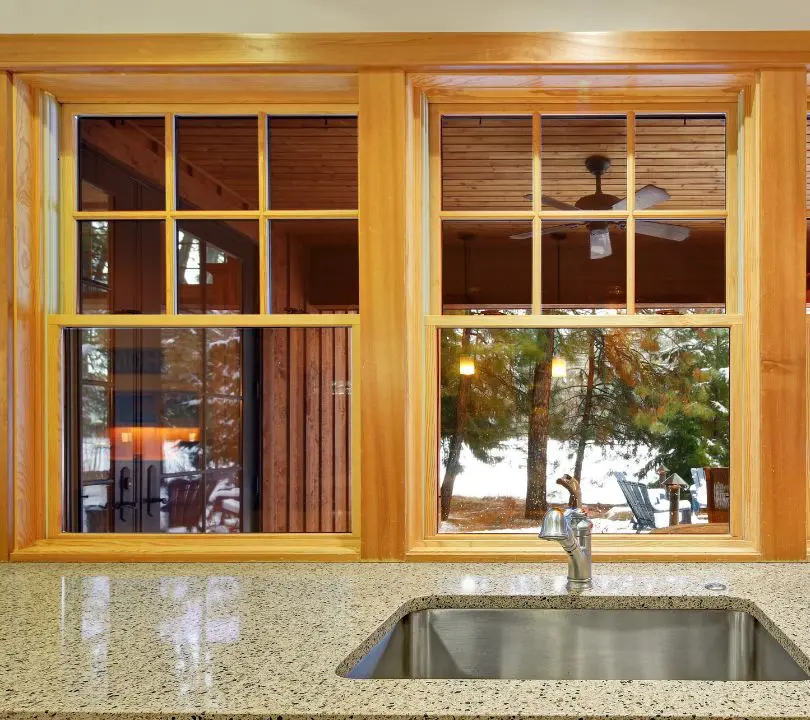
Wood clad windows really shine in traditional homes. There’s something about real thing that just feels right in a craftsman or colonial house. The wood clad windows you can get today are way better than old-school frames. They don’t rot or warp like the ones your grandparents had to deal with!
Making The Right Choice For Your Home
Your decision should consider several factors. What’s your budget? How much maintenance are you willing to do? What style is your home? In modern houses, the clean lines of vinyl often work perfectly. For craftsman, colonial, or Victorian homes, wood clad might be worth the extra cost.
Climate matters too! If you live somewhere with extreme weather, the durability of either option becomes super important. Think about how long you plan to stay in your home as well. The higher cost of wood clad might be worth it if you’ll enjoy them for many years.
Remember, this is an investment that affects both comfort and resale value. Take your time, get multiple quotes, and maybe even visit a showroom to see and feel the difference between these popular options.
FAQs
ow long do wood clad windows last?
Quality wood windows can last 30+ years when properly maintained. A well-executed window replacement with wood clad frames offers decades of reliable service. They might need occasional refinishing on interior surfaces, but the exterior cladding protects against weather damage, helping keep your home beautiful and energy-efficient for generations.
Are wooden windows better than UPVC?
The first option offers superior aesthetics and insulation compared to UPVC. They’re ideal for historic homes and custom designs. However, they cost more upfront and need maintenance. Your replacement project goals matter most! If you value natural beauty and are OK with some upkeep, these options typically outperform in character and resale value.
What are the negatives of vinyl windows?
Vinyl windows have limitations despite their popularity. They can’t be repainted if styles change. In extreme heat, they might warp slightly. Some designs look less premium than other alternatives. They’re not ideal for historic homes, can fade over time, and have fewer custom options for specialty casement window shapes.
How long will vinyl last?
Quality vinyl windows typically last 20-30 years. Their longevity depends on installation quality, climate, and manufacturing standards. Today’s vinyl replacement windows offer impressive durability compared to earlier versions. Many manufacturers provide lengthy warranties to keep your home protected. With zero maintenance requirements, they’re perfect for busy homeowners seeking hassle-free energy efficiency.

